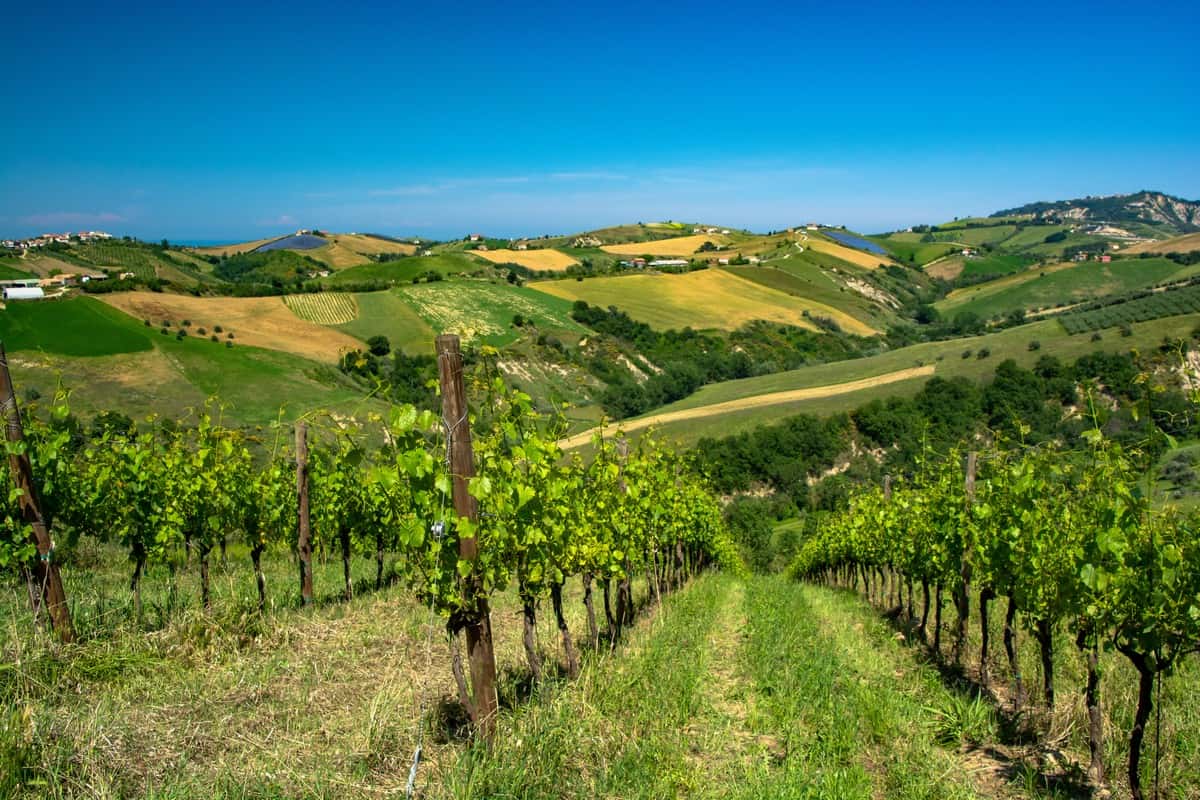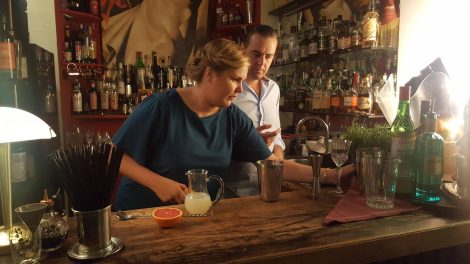Although data is not yet available for 2018, the estimates prepared by Wine Monitor for the Vinitaly Observatory predict a further growth in exports compared to the previous year, around 4%. This result is part of a positive trend that, in the last five years (2013-2018), saw Italian wine exports increase by 24%, the best performance among the top European players.
France
The world leader in the sector––France––has stopped at +20%, while Spain has scored "only" +13%. On the global stage, on the podium of growth dynamics, the first places are occupied by New Zealand (+31%) and Australia (+28%), the latter thanks above all to the last two years' sprint, which increased its exports of red wines bottled in China by 80%, making this country the first market selling all Australian wines.
Chinese imports
All this thanks to the free-trade agreement signed between the two nations four years ago, the same privileged treatment enjoyed by Chile, another major global player that in the past year observed a stop in Chinese imports (-2% ) and managed, however, to grow 10% in this large but unpredictable market. On the other hand, the growth of Italian wine in the five years had other driving forces.
Prosecco
The most important being Prosecco, given sparkling wine exports increased to a value of 112%, allowed Italy to reduce the gap that separates us from the French in this segment (in 2013 our exports were worth 30% of theirs, today we are at 50%). The French have not stopped exporting Champagne (+31% in 5 years), but have expanded their product portfolio with other sparkling wines (Cremant and Varietals) of lower price (under 6 euro/litre export).
The results
A good strategy, given the results: +51% between 2013 and 2018. With regard to prices, it's worth pointing out that in still bottled wines, even though our exports have only increased by 13% (against 16% of the French and 32% of Australians), the average export price has increased by 20%. This is the highest increase among all top competitors.


 What changes for the export of Italian wines to China under the new regulations?
What changes for the export of Italian wines to China under the new regulations? “Forget dealcoholised wines. The future is Komb(w)ine.” Moser and Ravizza present a new grape must-based product
“Forget dealcoholised wines. The future is Komb(w)ine.” Moser and Ravizza present a new grape must-based product Global wine consumption at a historic low and vineyards in decline. The OIV report outlines a 2024 to forget
Global wine consumption at a historic low and vineyards in decline. The OIV report outlines a 2024 to forget Oenologist Riccardo Cotarella will also produce dealcoholised wine: "My first bottle will be out in October and it won’t be bad"
Oenologist Riccardo Cotarella will also produce dealcoholised wine: "My first bottle will be out in October and it won’t be bad" Dear natural wine world, enough with the constant polemics. If you don’t want to self-ghettoise, self-criticism is needed
Dear natural wine world, enough with the constant polemics. If you don’t want to self-ghettoise, self-criticism is needed







